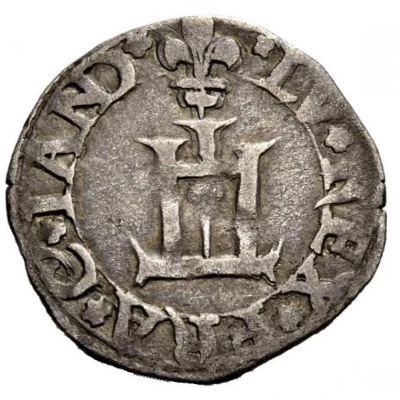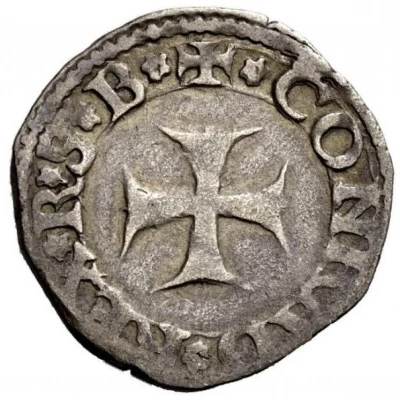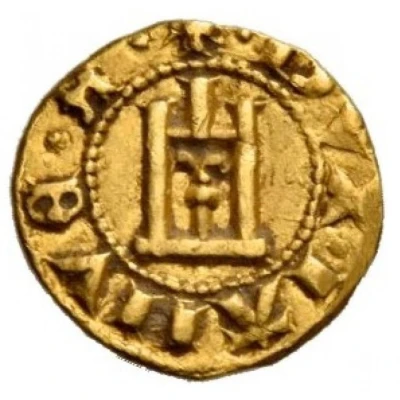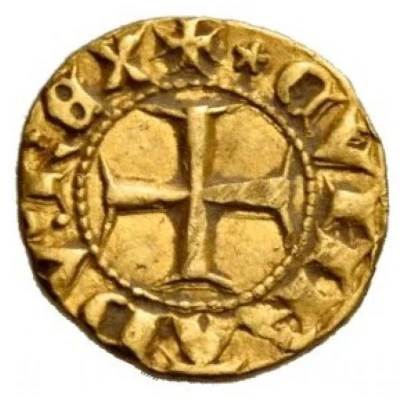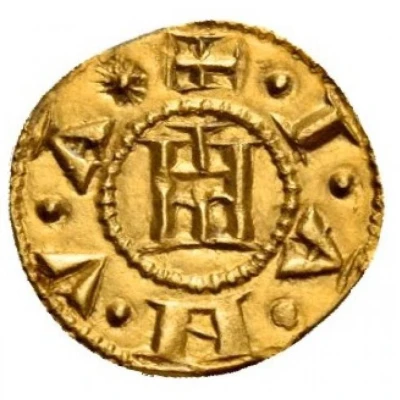
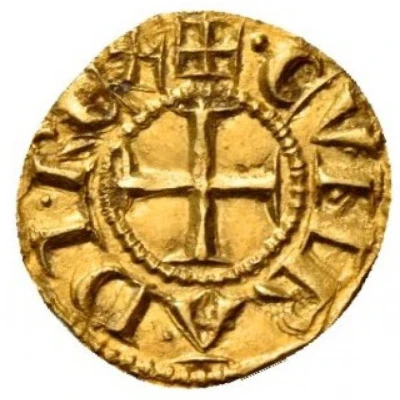

¼ Genovino "Quartarola" ND
| Gold (.999) | 0.88 g | 12 mm |
| Issuer | Genoa › Republic of Genoa (1139-1797) |
|---|---|
| Type | Standard circulation coin |
| Years | 1252-1305 |
| Value | Quartarola (¼ Gold genovino) |
| Currency | Genovino (1139-1528) |
| Composition | Gold (.999) |
| Weight | 0.88 g |
| Diameter | 12 mm |
| Shape | Round (irregular) |
| Technique | Hammered |
| Demonetized | Yes |
| Updated | 2024-10-05 |
| Numista | N#417750 |
|---|---|
| Rarity index | 100% |
Reverse
Cross pattée within inner reeded circle.
Script: Latin (uncial)
Lettering: ✠ · CVNRAD1 · REX
Lettering (regular font): ✠ · CVNRAD1 · REX
Translation: Conrad, King
Comment
Day et al. (MEC 12) say that the Genoa quartarola was the first modern gold coin of northern Italy, first struck in early 1252, some months before the first florin of Florence. They further comment that its weight was specified to be on a par with the theoretical weight of the gold tari of southern Italy and Sicily, key trading partners of the Genoese. It would turn out to also be exactly ¼ the size of the florin.
Base on their analyses of stylistic changes, presence in hoards, etc., they give the following chronology of subtypes during the Commune era:
Class K/MEC# 232 (1252-c.1256): Obverse punctuation by pellets, sometimes with star symbol (main photos). Reverse may have no cross in legend.
Class L (c.1256-1260s): Rever legend punctuated by crescents
Class N (early 1270s to late 1280s): Obverse punctuation by annulets.
Class O (c. 1290-1300): Obverse punctuation by trefoils
Class P (c.1300-1305): Obverse punctuation by rosettes
Interesting fact
One interesting fact about the ¼ Genovino "Quartarola" coin is that it was used as a form of currency in the Republic of Genoa during the 13th century, and its design features the image of a dog, which was a symbol of loyalty and fidelity in the medieval period.
